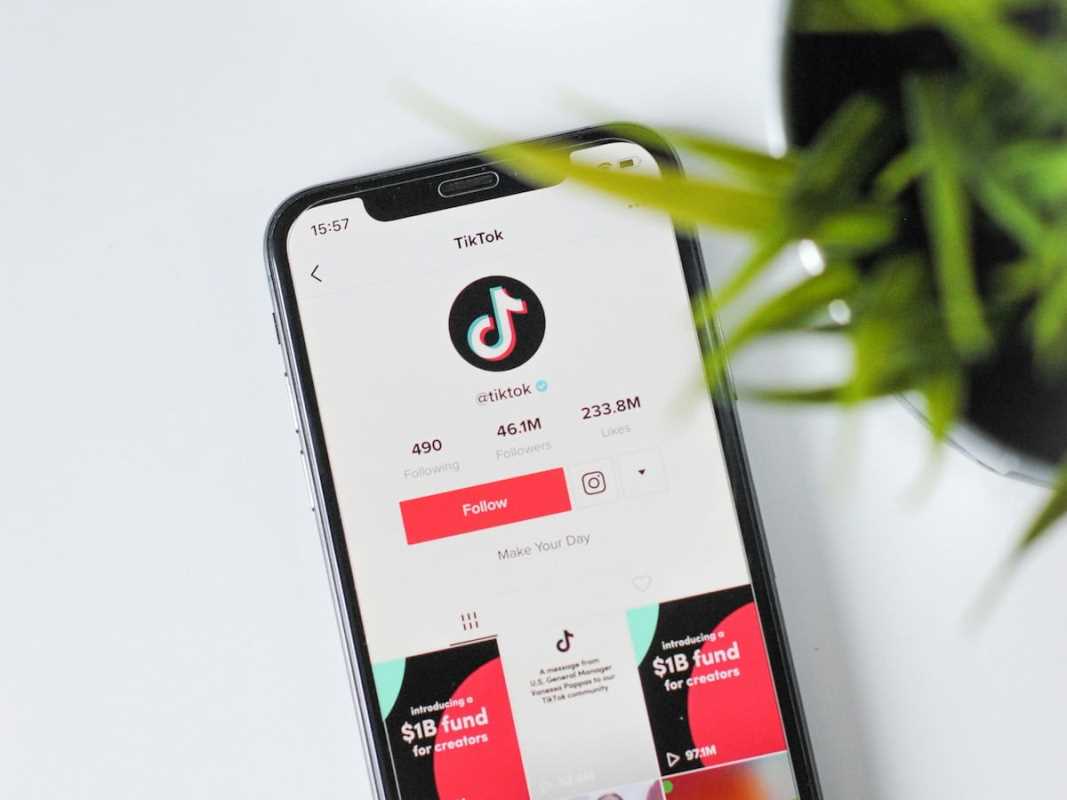Making digital content accessible offers more than compliance with regulations. It’s about making sure that everyone, regardless of their abilities, can engage with, understand, and benefit from what a business offers online. It focuses on removing barriers for users with disabilities, whether they’re browsing a website, interacting with ads, or reading a blog post. Designing digital marketing methods with this in mind boosts inclusivity and opens opportunities to connect with a wider audience. Let's discuss what this really means, its benefits, and ways businesses can create more inclusive digital marketing strategies for long-term success.
1. Accessibility in Digital Marketing
Accessibility makes digital content usable by everyone, including individuals with visual, auditory, cognitive, or physical disabilities. Worldwide, over a billion people live with disabilities. Failing to consider their needs risks excluding a vast audience. Many individuals rely on screen readers to access the web. Websites or emails that lack alternative text for images make it harder for these tools to describe visuals, leaving the user out.
This also extends beyond meeting legal requirements. It represents a commitment to inclusivity and demonstrates a brand’s values. Businesses that prioritize this create stronger connections with their audience and earn their trust.
2. The Business Benefits of Accessibility
Investing in making your content usable by everyone benefits more than your audience. It also yields tangible business advantages that drive growth and improve long-term performance.
- Expanded Audience Reach: Disability-inclusive marketing enables brands to connect with millions of potential customers worldwide. Websites and campaigns cater to everyone instead of limiting access to a specific group.
- Improved Search Engine Rankings: Search engines value user-friendly designs. Features like alternative text, video captions, and clean layouts assist users and also positively influence SEO performance. An accessible website is easier for search engines to crawl and index.
- Enhanced User Experience: Design choices that improve accessibility often improve overall functionality. Larger fonts benefit visually impaired individuals but also make content friendlier for mobile users or older audiences.
- Stronger Brand Loyalty: Companies that demonstrate inclusivity boost consumer trust and loyalty. Students, parents, or advocates for people with disabilities often choose brands that prioritize inclusivity over competitors who overlook this audience.
- Legal Compliance: Neglecting considerations for users with disabilities can lead to legal issues under laws such as the Americans with Disabilities Act (ADA). Guaranteeing compliance prevents lawsuits and protects the reputation of your organization.
Start small by testing your website with free tools like Google Lighthouse to identify gaps. Correct small issues immediately to improve usability.
3. Steps to Make Digital Marketing Accessible
Implementing accessibility best practices doesn’t have to be difficult. Small steps can lead to significant changes for your audience.
Use Alternative Text for Media
Descriptions, or “alt text,” help users who rely on assistive technologies to understand the meaning of images. Avoid vague descriptions like “dog” or “photo.jpg.” Instead, write clear, detailed descriptions like “Golden retriever wearing a red bowtie at a park.”
Caption and Transcribe Videos
Including captions means people who are hearing impaired can follow video content. Transcriptions for audio materials, like podcasts, widen accessibility and improve SEO.
Choose Readable Color Contrast
Adding enough contrast between text and its background improves readability. Black text on a very light background enhances visibility compared to light-gray text on a white backdrop.
Design for Keyboard Navigation
Some users cannot operate a mouse and rely instead on keyboards. Build websites that allow seamless navigation through the “Tab” key.
Provide Easy-to-Understand Content
Use simple language that most audiences can understand without difficulty. Avoid technical jargon unless necessary and provide explanations when used.
Check Mobile Compatibility
Over half of internet browsing occurs on mobile devices. Mobile designs with touch-friendly buttons, proper headings, and responsive layouts simplify navigation for all users.
Actionable Tip:
Run usability testing with diverse groups, including individuals using screen readers or keyboards exclusively. Their feedback will highlight improvements you may have missed.
4. How Accessibility Enhances Paid Ads
Accessible digital ad campaigns increase engagement and prevent targeting a limited audience. The following areas highlight how accessibility transforms paid advertising.
Use Descriptive Ad Copy
Write headlines and text that are concise yet descriptive, helping all users—including those relying on assistive technology—to understand ads quickly.
Optimize Visual Elements
Ad designs avoid flashing images or complex animations that could be difficult for some users to process.
Check Landing Page Alignment
An ad’s destination page should be accessible. A visually impaired user clicking an ad shouldn’t encounter a page lacking descriptive headings or alt text.
Add Closed Captioning for Video Ads
Including captions means that audiences who are deaf or hearing impaired can engage fully with video advertisements.
Actionable Tip:
Test ad performance using accessibility-focused feedback surveys. Adjust language, visuals, or landing page elements as needed based on responses.
5. Digital Accessibility Tools for Marketers
Numerous tools make identifying and fixing barriers simpler. Here are a few to incorporate into your workflow:
- WAVE (Web Accessibility Evaluation Tool): Highlights website elements that meet or fail specific WCAG levels.
- AXE Accessibility Checker: A browser extension used for assessing web pages against guidelines.
- Adobe Acrobat Pro Accessibility Checker: Verifies whether PDFs are properly formatted for users with assistive tools.
- Polly: A transcription tool that converts audio files into written documents with a high level of accuracy.
- Color Safe: Assists creative teams in choosing accessible color combinations for web pages.
Encourage your design and development teams to include accessibility checklists within their standard workflows. Regular testing keeps new updates user-friendly.
 (Image via
(Image via





